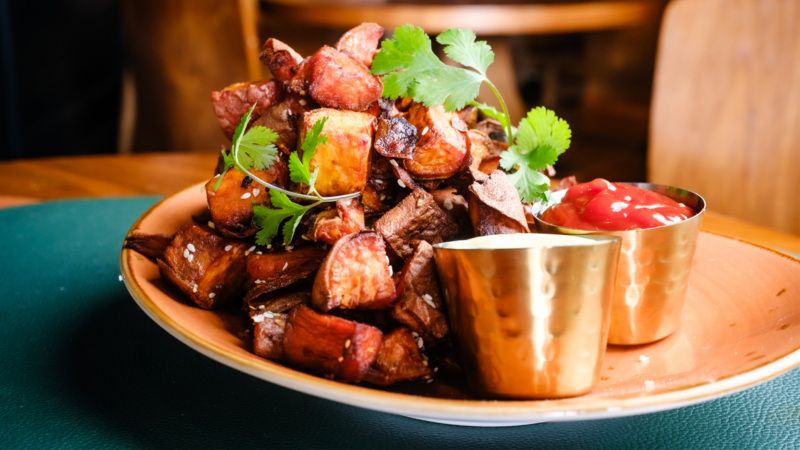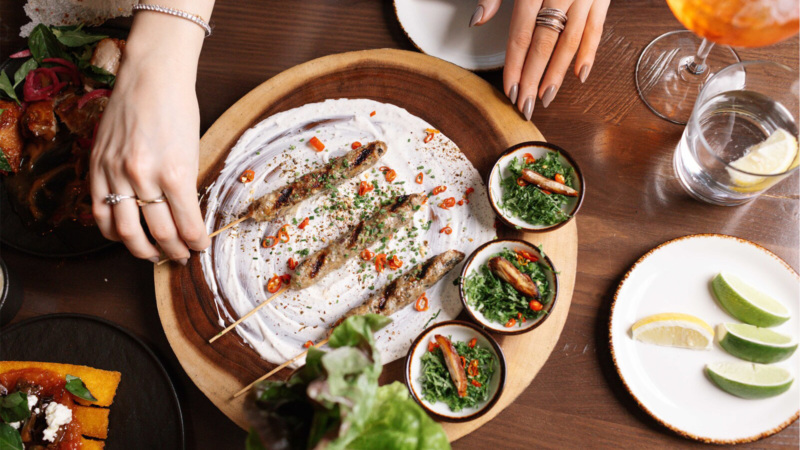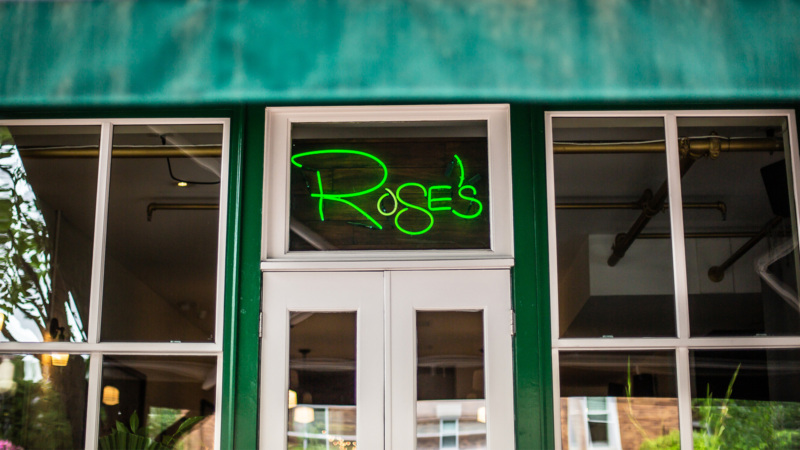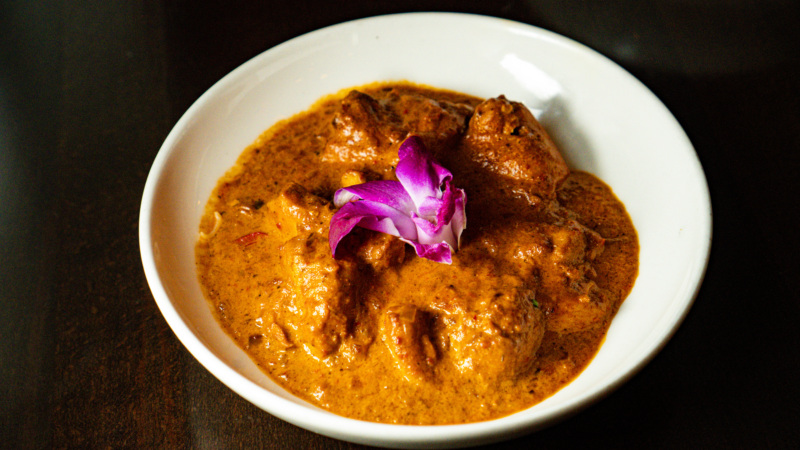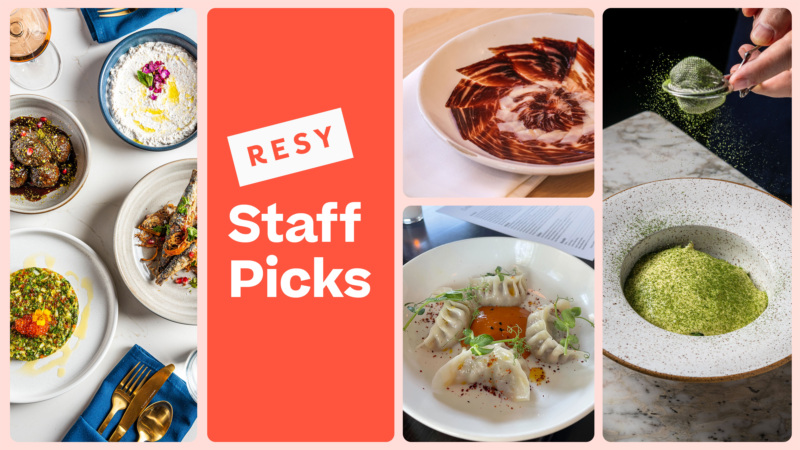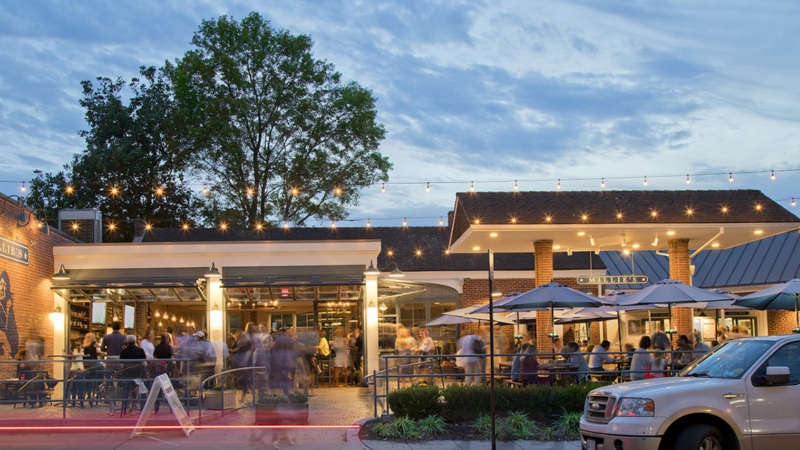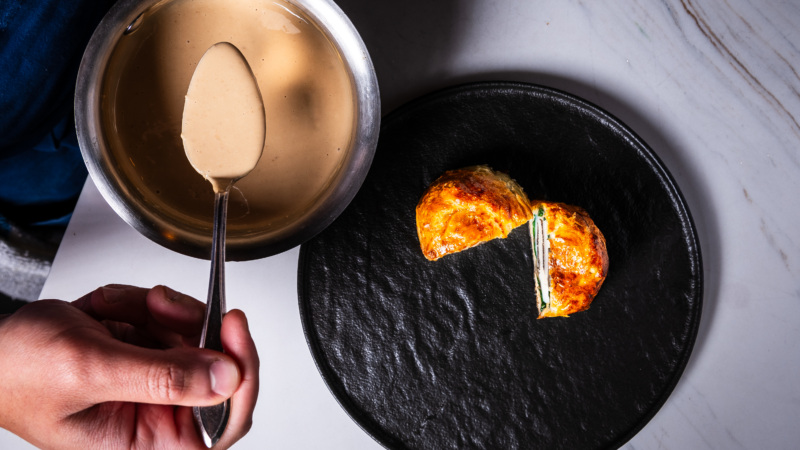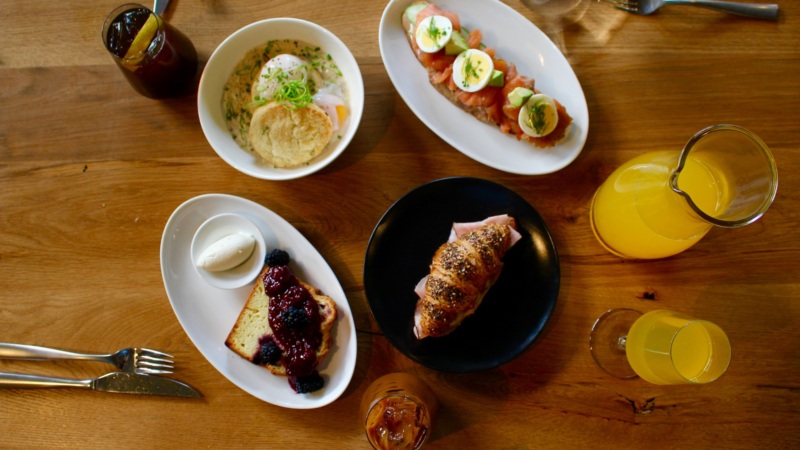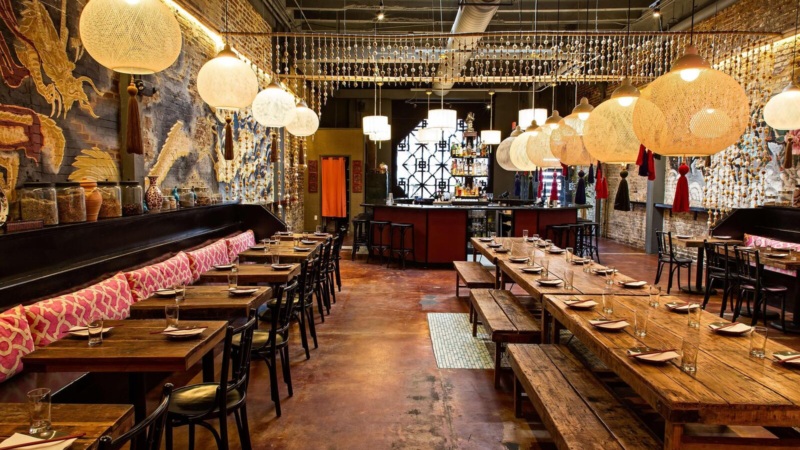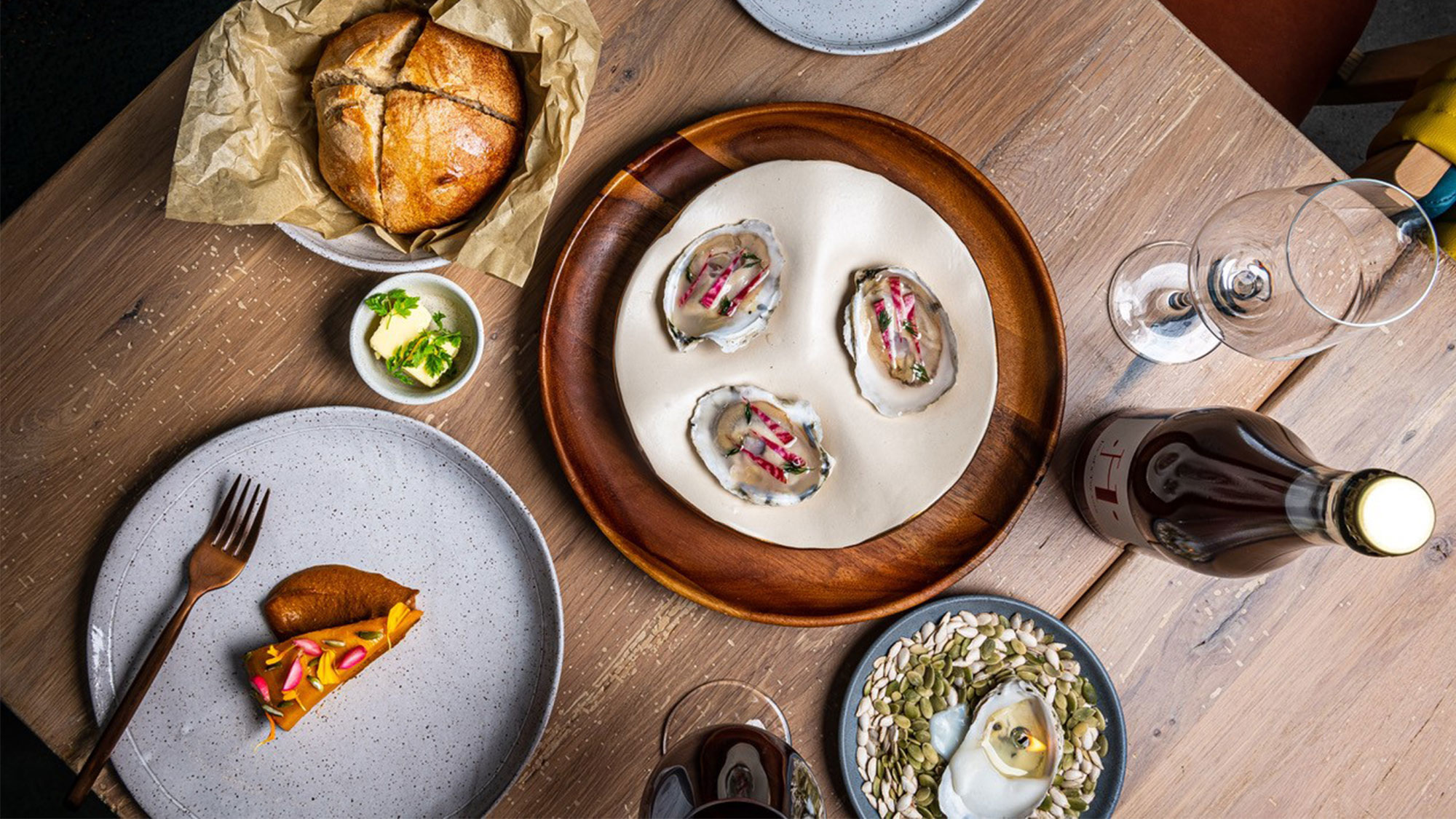
How Oyster Oyster Became One of D.C.’s Most Exciting New Restaurants
Before you go to a restaurant, what do you want — or need — to know most? Welcome to The Rundown, a new series in which we share all the essentials about newly opened (as well as favorite) Resy restaurants.
This week, we’re taking a look at Oyster Oyster in D.C., a restaurant rooted in sustainability and a sweeping tribute to the Mid-Atlantic, led by industry vets Rob Rubba and Matt Kuller.
Here’s everything you need to know about this hyper-seasonal and plant-based Shaw destination, which opened during the pandemic and currently offers outdoor dining.
1. So, what’s with the name?
After briefly flirting with the name “Future,” chef and owners Rob Rubba and Matt Kuller were texting one night when Kuller typed out “oyster oyster.”
“It sounded so fun to say,” says Rubba. But what the name really pays tribute to are the beating hearts of the restaurant’s menu: the oyster mushroom and the briny bivalve. And they just so happen to embody the philosophy of the whole concept, too.

- The April Hit List: Rooster & Owl, 2Fifty, Ivy and Coney, Oyster Oyster, and More
- A Conversation with Chefs Stopping AAPI Hate
- Everything You Need to Know About the Reopening of DC’s Rooster & Owl
- What It’s Like to Be an Asian American Restaurant Owner Right Now
- The DC Wine Hit List: Lulu’s Winegarden, Oyster Oyster, Lutèce, and More
Not only are these two ingredients incredibly environmentally friendly, they also contribute greatly to their ecosystems. For instance, Rubba points out that mushrooms grow quickly and need only a fraction of the water that meat does to produce. Meanwhile, oysters and oyster reefs are on a sustainability mission themselves: They combat wave damages from storms, help with beach erosion, and provide habitat and food to a multitude of coastal species, among other benefits.
The namesake oysters are also the proud emblems of the restaurant’s logo, which Rubba calls their Bat-Signal. “[We] use it as an influence for us at all times,” he says.
As for Kuller’s initial “Future” name idea, don’t worry: It made it onto the restaurant’s LLC.


2. How sustainable are we talking?
Very. Listen, Rubba and Kuller aren’t just hopping on some high-and-mighty wellness trend. Sustainability was the focus from the start, and this model drives every decision.
“I worked at a lot of restaurants and I came to this point where I needed to cook with this focus, or I wasn’t going to cook anymore,” says Rubba, who previously was the chef and owner at the award-winning Shaw restaurant, Hazel.
Let’s start with the food: Everything sourced for the restaurant is a celebration of locality and seasonality. The menu changes constantly to showcase the latest and freshest vegetables from the Mid-Atlantic region — right now, that means roasted kolhrabi with a mushroom ragout, and a root steak with celeriac and bok choy. Chesapeake oysters are the only seafood option available, precisely because revitalizing the oyster reefs is “essential for the stewardship of this area,” Rubba explains.
Lots of restaurants do local. Oyster Oyster goes even further, ensuring that everyone they partner with is playing their part and upholding best practices when it comes to sustainability.
“The one thing for us was not to just use someone because they’re local,” says Rubba. “You can be local and still do a lot of nasty things.”
That means working with farms doing regenerative processes, which reverse climate change by rebuilding the soil, and purveyors practicing no-till farming.
“Even the oil we use to cook with is made in Pennsylvania with this non-GMO sunflower,” says Rubba.
Same goes for the drinks: Beverage director Sarah Horvitz was instrumental in checking that the beers and wines they feature don’t just follow natural wine practices, for example, but also uphold best labor practices, too.
3. They’re tight with their purveyors and it shows.
Building relationships with their producers was crucial to Oyster Oyster’s way of doing things. Rubba considers his network a tight-knit community where the farmers are like friends.
“I’ll go visit their farm regularly and hang out, eat lunch, and see what’s going on,” says Rubba. “A couple of months ago, we were talking about things we want to have in the summer, picking out seeds, and whatnot.”
Rubba rattles off Karma Farms outside of Baltimore, Root & Marrow in Loudoun County, Virginia, Keepwell Vinegar and White Rose Miso — “just some fabulous fermenters out of Pennsylvania” — and more as cherished partners. There’s King Mushrooms for all their mycelium needs and Orchard Points, where the oysters are taken out of the water in the morning and delivered straight to the restaurant after a quick 40-minute drive into D.C.
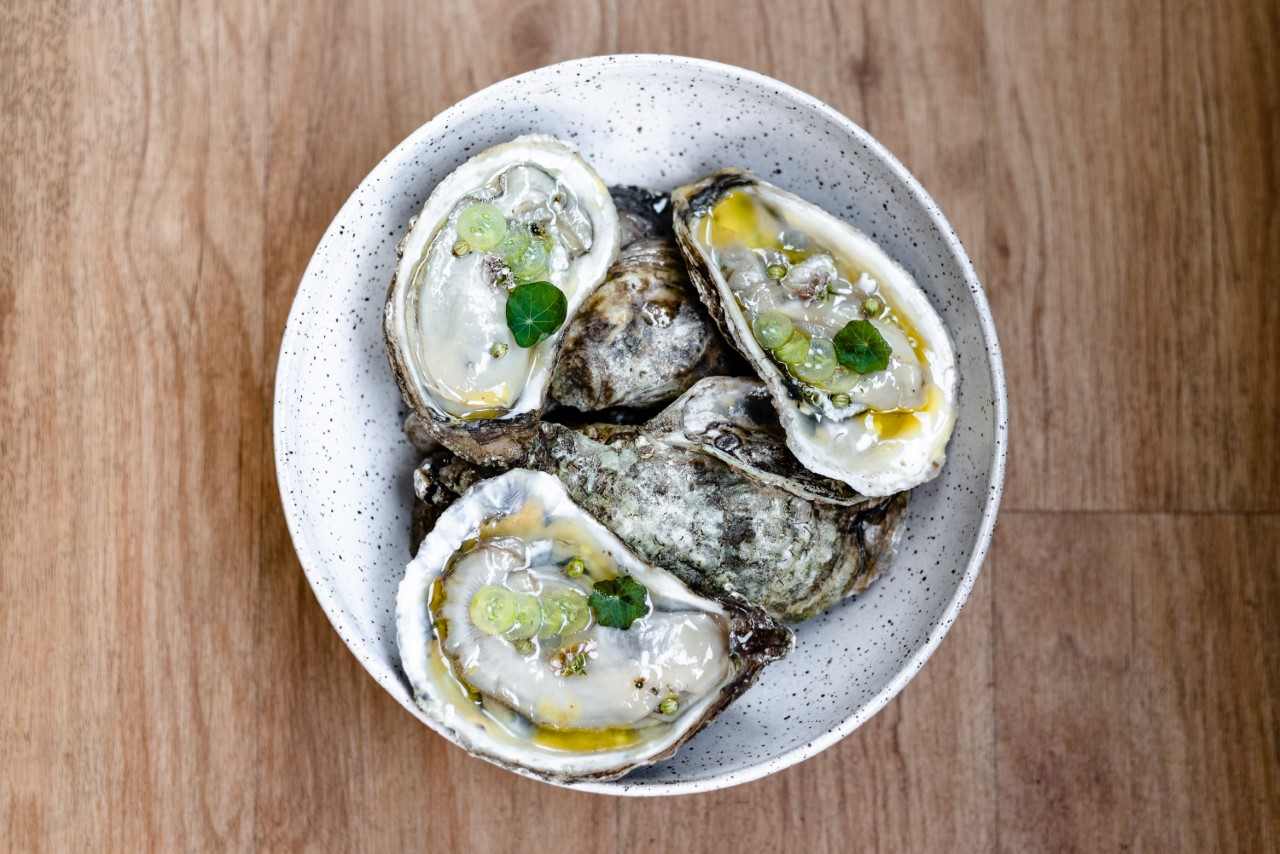
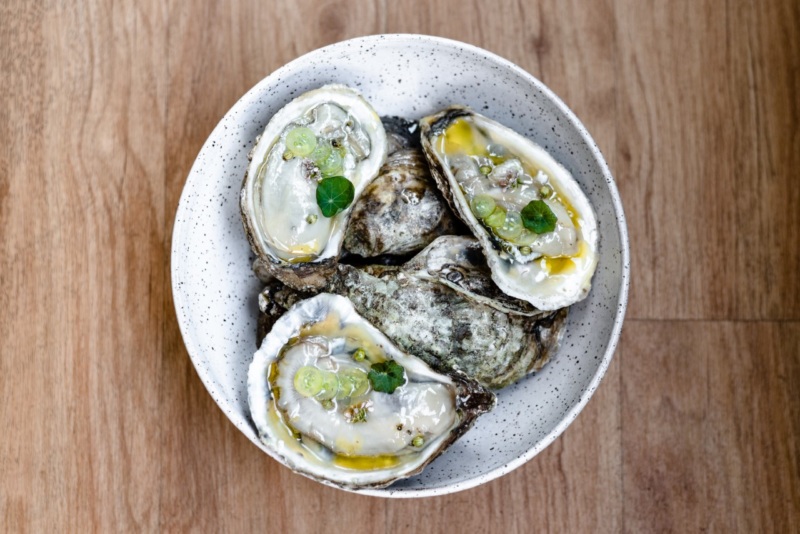
“It’s crazy fresh,” says Rubba. And that speaks true to the rest of the food. Sustainability may come first, but taste isn’t sacrificed in the least. It’s the reason behind the tight $55 prix-fixe menu, which allows the ingredients to sing.
“If it’s a dish about carrots, it’s not carrots with watermelon and this and that, it’s just very much highlighting the ingredient itself,” says Rubba.
“It’s for the love of vegetables, too.”
4. That includes best practices within the restaurant, too.
Beyond the food, sustainability permeates every aspect of the restaurant.
Take the space itself, an old construction project that was left abandoned for years. Instead of demolishing to build anew, the team went off what had already been completed — the plumbing was done, some walls were up — and repurposed from there, using reclaimed wood from a mushroom farm to build out parts of the restaurant, upcycled wood for the dining room tables, and LED lighting.
On the kitchen front, the equipment used is water-saving and energy-efficient and prioritizes electric over traditional gas. And though wood-fired cooking is trendy and tastes mighty good, Rubba says the ensuing carbon footprint simply wouldn’t cut it.
Oyster Oyster also doesn’t use any single-use plastic. You won’t find any cling film or plastic wrap, and the kitchen doesn’t mess with sous vide, specifically because the bags used would go to waste, Rubba explains. As for takeout, the restaurant’s deployed sugarcane compostable containers, which ties in with Oyster Oyster’s compost program.
“We’re not putting anything into landfills, as little as possible,” Rubba says.
They even hold themselves accountable during their deliveries, where there’s not a clamshell in sight. The team uses a closed-loop system, where their purveyors know to transport their goods in reusable containers, that the kitchen then unloads and returns to eliminate as much waste as possible.
5. And it trickles into how they manage the team.
Rubba and Kuller have also taken steps in breaking down the barriers between their back of house and front of house staff.
Instead of keeping the cooks in the kitchen, operating in total mystery, Oyster Oyster created a system in which the kitchen staff are also the food runners, deploying more captains and lead waiters to guide guests through the dining experience.
“It’s all kind of connected, rather than have a front of the house and back of the house competing against one another,” says Rubba. “[It] makes it more of a one team one dream.”
“We’re so connected to the products we have,” he says. “We wanted to have that connection to our guests as well.”
Oyster Oyster is open for outdoor dining for dinner Tuesday through Sunday. Check here for the latest updates.
Noëmie Carrant is a Resy staff writer. Follow Resy on Instagram and Twitter.

